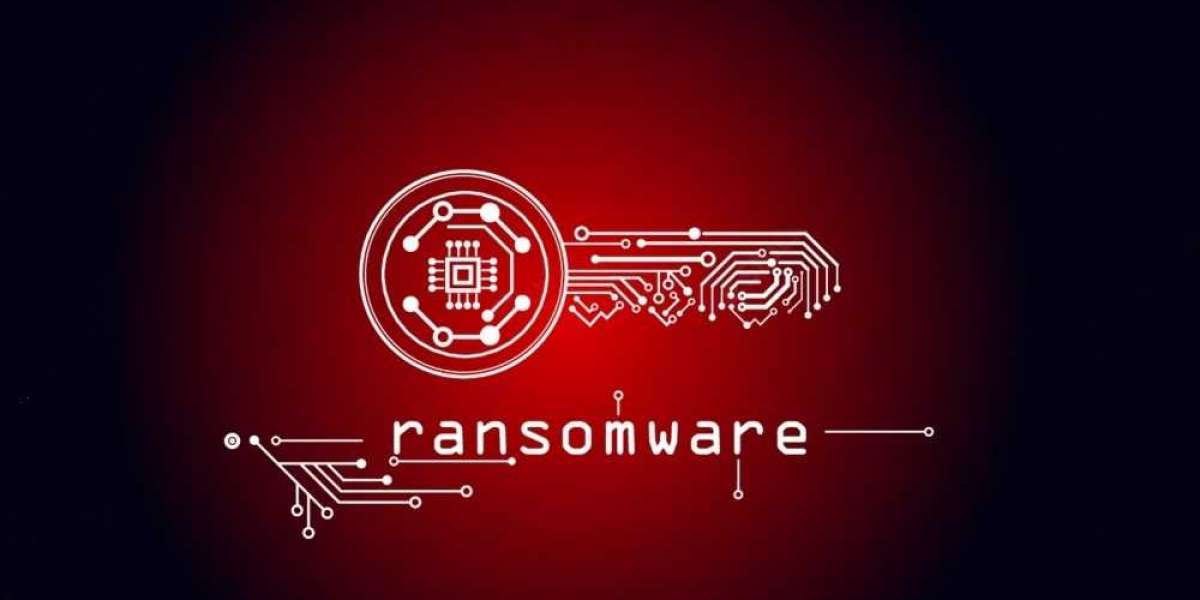Attacks utilising ransomware have increased in frequency and sophistication over the past few years, disrupting businesses and people all over the world and costing enormous sums of money. We'll go over some top tips for avoiding and dealing with ransomware attacks in this tutorial.
Prevention
One of the most effective strategies to defend against ransomware attacks is to periodically backup your files. Make sure your backup data is kept in a different place, and verify the restoration procedure sometimes to make sure it's functioning properly.
Maintain software updates: To guarantee you have the most recent security updates and defence against known vulnerabilities, update your operating system, software programmes, and security software on a regular basis.
Create complicated passwords that are strong and distinctive, and steer clear of using the same one across many accounts. To create and securely store your passwords, think about utilising a password manager.
Add two-factor authentication (2FA): 2FA increases security by requiring a second form of identification in addition to your password (for example, a code texted to your mobile device).
Employ anti-malware software to protect yourself from malware, including ransomware. Install anti-malware software and keep it updated.
Employee education: Inform your staff about cybersecurity best practises, such as how to spot and report shady emails, websites, or files.
Put access control in place: Use role-based access control (RBAC) to guarantee employees only have access to sensitive data and systems, and restrict access to them to those who need it.
Response
Disconnect the compromised system from the network right away to stop the ransomware from infecting more systems.
Determine which data and systems have been affected and the degree of the damage done by the ransomware assault.
Inform law enforcement: Inform law enforcement of the attack so that they can potentially help with the investigation and recovery operations. This includes the FBI.
Recover data from backups: If you have backups, you can avoid paying the ransom by restoring the data from the backups.
If you don't have backups or can't restore the data from the backups, you might want to think about paying the ransom. However, as there is no assurance, this should only be used as a last resort.
Take preventive measures: After the attack has been stopped, take additional precautions to lessen the likelihood of further attacks.
In conclusion, avoiding ransomware attacks necessitates a mix of technology safeguards and staff training. To contain the damage and quickly retrieve your data in the event of an assault, you must move quickly. You may lessen the danger of ransomware attacks and lessen their effects on your personal or professional life by adhering to some recommended ransomware best practices.








